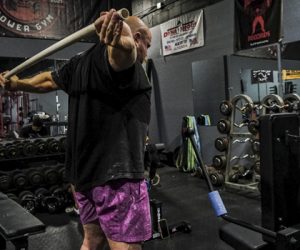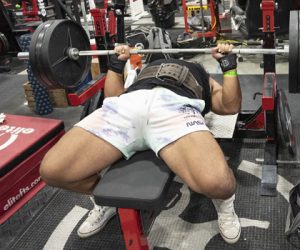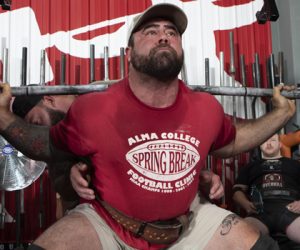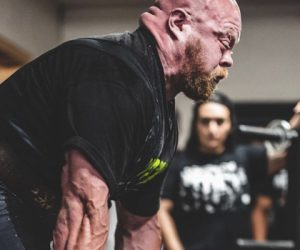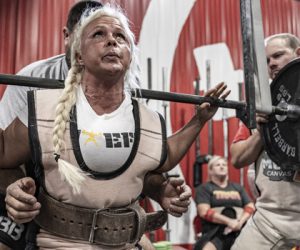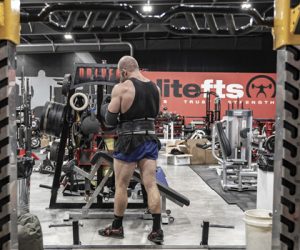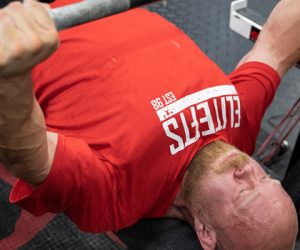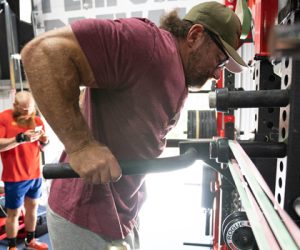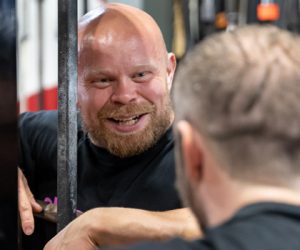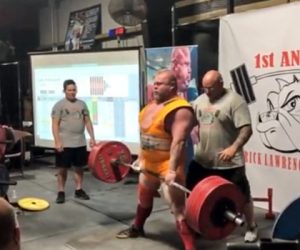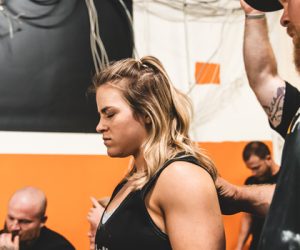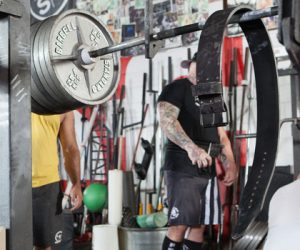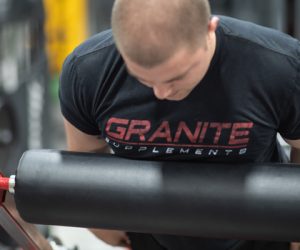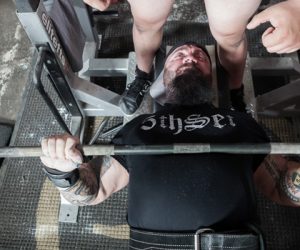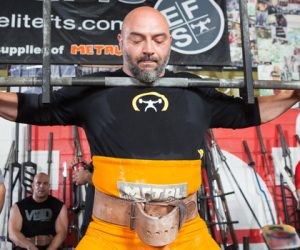How to Make Your Rehab Suck
If getting under the bar is the end goal post-injury, here’s what NOT to do. By knowing the wrong approach, it’s easier to grasp what’s right.
No More Shitty Pecs
This is a fun one where I relate viscoelasticity to training stimuli in a way you’ll understand to fix your shitty pecs…
The Squat Bar Isn't Bad For You
I know it might FEEL bad, and you might feel banged up from squatting with it, but that does not mean you should be avoiding the straight bar.
How to Put 100kg on Your Total in 15 Weeks
Dropping from the 320s to the 250s and competing as a 308 to a 242, I was forced to switch up my training split. Here’s the split!
Get Some Stimulus
Every piece of the puzzle in conjugate periodization is essential. Build from the bottom up.
Pain and How We Can Better Manage It
In the moment you say, “Ow, this hurts,” what do you do? Do you push through the pain or go home? Here’s what to know about pain.
Technique's Role in Injury Risk
Can we adapt, get stronger, and build tolerance within what could be considered bad technique. Here’s how injuries occur and don’t.
What is Pain Telling Us?
Pain is your brain going, “Hey, let’s stop this before (more) damage occurs.” Do you push through the pain or do you stop? Then what?
Weight Loss Strategies for a Strength Athlete
I’ve been heavy, lost weight, lost strength, and then piled the weight back on—more than once. Enough is enough.
5 Platform Lessons to Take to Your Next Meet
What were your takeaways from last year as a powerlifter? By reflecting on our experiences, we can improve our future and how we react to it. Learn from my mistakes and do better this year.
Peaking Technically
Peaking technically is reeling in your training from general to specific as a meet approaches while changing and removing variations and setting yourself up to be at your best technically. This is important when transitioning to a conjugate approach.
The Big Picture of Conjugate
The goal with this series is to get to you to think about how you can manipulate the max effort, dynamic effort, and repeated efforts to fir your needs and to understand that conjugate is a fluid system that requires experimenting.
5 Repeated Effort Method Principles to Master
In conjugate, accessory work plays a huge role, even if it isn’t one that gets the attention. Accessory work is going to help fill your gaps and prevent you from developing new ones.
5 Dynamic Effort Method Principles to Master
As I said in Part 1, conjugate is one of, if not, the most effective training systems when it is executed properly. Moving a light weight fast isn’t enough to make the dynamic effort method work. Moving a light weight fast with intention is.
4 Max Effort Method Principles to Master
In my opinion, conjugate is one of, if not, the best training systems — when employed properly. If it isn’t working, don’t disregard the system; instead, check your application.









